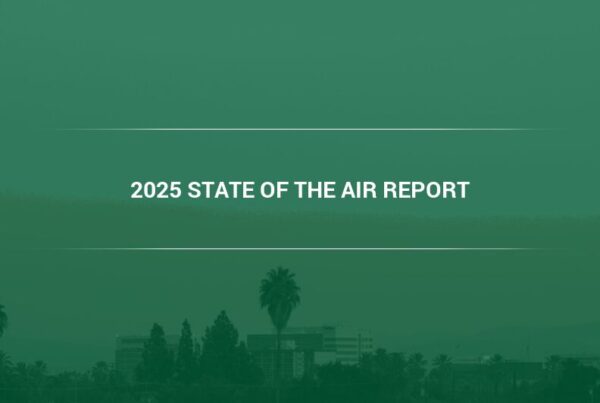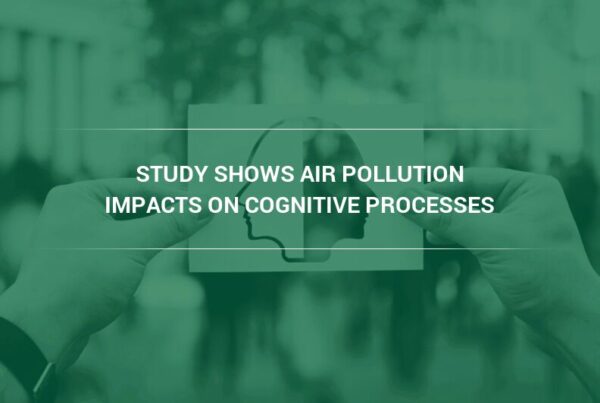This article has been amended from its first appearance on September 25, 2017, and the research and data used within this article was drawn from studies specifically on China’s environment.
In the America’s and the world’s endless thirst for energy to power our devices, home and industry, some areas have a dependence upon coal-burning technology to serve the demand for energy.
Throughout the world, coal-burning power plants are generating the energy required by millions of residences and commercial facilities. Although coal producers have taken steps to eliminate pollution associated with energy production the high volume of coal used still precipitates the introduction of pollutants into the air that may cause lung damage or other health concerns, especially for breathing-compromised individuals.
In areas of the world where proper point-of-production pollution controls are not used, serious consequences have been documented. In fact, in studies it was determined that burning coal caused nearly 400,000 premature deaths in China in 2013, according to the New York Times. Coal burning generates 40 percent of that country’s harmful pollutants commonly referred to as particulate matter (PM), contaminants that include solid and liquid airborne particles. (1) In these countries, coal may even be used in residence heating and cooking without any consideration for air cleaning.
There are three critical ranges of PM – PM10, MP2.5 and PM1. The latter, PM1 and PM2.5 are the most dangerous to human health because they are very small, smaller that the eye can see, which makes it easy for people to inhale or swallow these contaminants. Once PM enters the body, it can harm the lungs and respiratory passages, and studies have found that long-term exposure to PM1 and PM2.5 can cause decreased lung function, lung cancer and heart disease.
Coal-burning is especially dangerous in China because the country uses as much coal annually as all other countries combined, and coal burning in the country is the biggest source of both air pollution and greenhouse gas emissions, the leading cause of climate change. In developed countries, such as the United States and Canada, utilities include equipment to limit coal emissions.
One of the dangers of coal-burning in other countries is that their pollution can travel through weather-related winds and currents and increase pollution levels in countries that do incorporate pollution controls.
So why is coal such a major contributor to pollution not just in China but in other developing countries throughout the world, and what steps are countries taking to reduce the amount of coal burned by power plants?
How Coal Power Causes Pollution
Coal is a combustible black fossil fuel that is made of carbonized plant matter found in deep underground reservoirs. It is a primary source of fuel in many countries, especially developing countries, because it is cheap and plentiful.
But as mentioned earlier, there are consequences to using this fossil fuel, which become clearer as you begin to understand how coal power causes pollution.
When coal is burned, it releases carbon dioxide (CO2), which scientists have found helps trap heat and is a primary cause of global warming. But long-term exposure to CO2 is also harmful to human health, because it can lead to dizziness, difficulty breathing, headache and an inability to make logical decisions.
According to the Union of Concerned Scientists, the average coal-burning plant in the U.S. creates 3.5 million tons of CO2 each year, making the U.S. and China the countries with the largest total coal emissions in the world. (2) CO2 has a direct effect on depleting the ozone layer that protects us from harmful effects of the sun 9 to 20 miles above the surface of the earth.
What makes coal burning even more dangerous to human health is that it also generates sulfur dioxide, nitrogen oxides, mercury and lead.
Coal burning plants are the biggest generators of sulfur dioxide in the U.S., and sulfur dioxide has been linked with lung disease due to microscopic, acidic particulates that enter the lungs.
Nitrogen oxide (NOx) has been linked with the creation of ground level ozone that contributes to lung tissue damage, worsens asthma conditions and increases the risk of people developing respiratory illnesses.
Numerous studies have identified PM as a contributor to illnesses such as bronchitis, lung disease, and heart disease. In fact, people in countries where PM is at a high level often experience higher incidences of premature deaths. And to put things into perspective, the average coal-burning plant emits 500 tons of PM into the environment each year.
How to Reduce Coal Pollution
Countries are beginning to find answers to the challenge of how to reduce coal pollution.
In the U.S. for example, CO2 emissions from all power plants decreased 21 percent from 2005 to 2015, driven in large part by the country’s adoption of the Clean Power Plan. (3)
Part of this decrease in emissions has been achieved by a gradual shift from coal-burning plants to plants that generate electricity through natural gas although that alternative can also produce carbon dioxide, carbon monoxide and nitrogen oxide.
Both types of energy producing facilities have also taken steps to limit emissions at the source through the use of industrial air cleaning equipment as they meet tightened emission regulations authored by cognizant government authorities.
China is following the U.S.’s lead and is investing in other sources of clean energy, while also implementing stricter emission standards for coal-burning plants.
“Coal is an inexpensive way for developing countries to generate the power necessary to meet increasing energy demands,” Kevin Wood, Camfil USA Vice President Sales & Marketing. “But the consequence of coal-fired power plants as well as coal used for household cooking is that it creates toxic pollutants. Countries are beginning to implement clean-energy solutions to lower outdoor coal pollution. They are also implementing public education strategies to help their citizens begin the shift from coal-based cooking to electrical and gas-based cooking.”
As countries around the world grapple with how to handle pollution generated by coal-burning plants, government officials continue to urge the public to join in the fight against carbon emissions.

About Camfil
Camfil’s air filter products have a 5-STAR Energy Cost Index (ECI) Rating — the highest rating available. Our air filters also offer the longest life and lowest average pressure drop over the life of the filter, guaranteed. Camfil’s driving principle is providing quality at an affordable price, and the company’s guiding principle is that clean air should be every human’s right
Lynne Laake
T: 888.599.6620,
E:Lynne.Laake@camfil.com
F: Friend Camfil USA on Facebook
T: Follow Camfil USA on Twitter
Y: Watch Camfil Videos on YouTube
SOURCES



